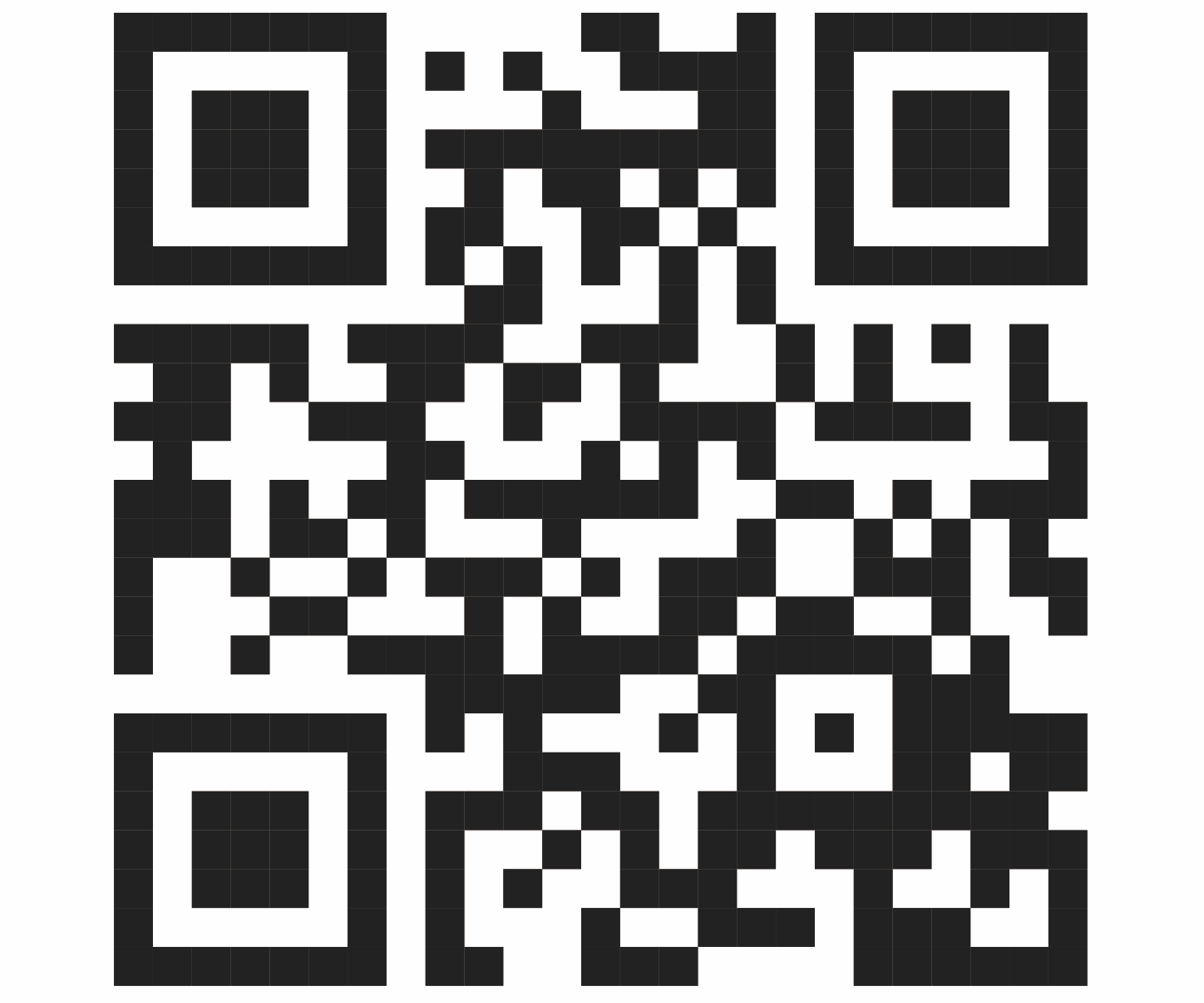KAJIAN TOKSISITAS DARI TUBUH BUAH Ganoderma lucidum DENGAN METODE BRINE SHRIMP LETHALITY TEST (BST)
Abstract
Ganoderma lucidum is polyporus fungi from Basidiomycetes which can be used as traditional medicines. Toxicity test with Brine Shrimp Lethality Test (BST) method using Artemia salina was conducted to find out toxic effect of G.lucidum. An extract would have toxic effect if the LC50 < 1000 µg/ml. The aims of this experiment were to know about the toxicity level from G.lucidum with Brine Shrimp Lethality Test (BST) method and determined the concentration of fruiting body extract of G.lucidum which had the best toxicity effect in LC50. There were two extraction methods used in this experiment, first one stage extraction and then multilevel extraction with hexane, ethyl acetate, and ethanol. Each solvent was made in 1000 ppm, 500 ppm, 250 ppm, and 125 ppm. This process was repeated for three times. This experiment used G.lucidum extract which was tested to A.salina and secunder compound metabolit test from the most toxic G. lucidum was done with phytochemical analysis. The result indicated that fruiting body extract from G.lucidum could kill A.salina because all extract was positively contained alkaloid and terpenoid but negatively contained flavonoid. Fruiting body extract from G.lucidum which had lowest LC50 wass ethyl asetat extract with one stage extraction in concentration 53,70 ppm and highest LC50 was ethanol extract with multilevel extraction in concentration 501,18 ppm.
Keywords
Full Text:
PDFReferences
Chowdhury NS, Karim MdR, Rana MdS. 2005. In Vitro Studies on Toxicology Property of The Root and Stem Bark Extracts of Oroxylum indicum. Dhaka University Journal of Pharmaseutical Sciences. 4: 1-4.
Djarijah AS. 1995. Pakan Ikan Alami. Yogyakarta: Penerbit Kanisius.
Kresnamurti A, Tutuk B, Gracesania V. 2008. Perbandingan Uji Sitotoksik Asam Anakardat Dan Asam Anarkardat Jenuh dengan Metode Brine Shrimp Lethality Test. Jurnal Obat Bahan Alam. VII(1): 98-107.
Meyer BN, Ferrigni NR, Putman JE, Jacobsen LB, Michols DE, Laughlin JL. 1982. Brine Shrimp: A convenient General Bioassay for active plant contituent. Planta Medica. 45: 31-34.
Studies on bioactive substances and medical effect of reishi (Ganoderma lucidum) [Internet]. 1997. Mizuno T. tersedia di: http://www.canited.com/reishi97d-1.htm.
Mursyidi A. 1985. Statistika Farmasi dan Biologi. Bandung: Ghalia Indonesia.
Putranto HA. 2010. Kajian Sifat Fisikokimia Ekstrak Rumput Laut Coklat (Sargassum duplicatum) Menggunakan Berbagai Pelarut dan Metode Ekstraksi [skripsi]. Universitas Jenderal Soedirman-Purwokerto.
Sumantri, Martono E. 1996. Daya Insektisida dari Senyawa 5-etil karbamil-2, 2-dimetil-1, 3 benzodioksol. Prosiding tamu ilmiah lustrum X dan reuni V; Yogyakarta. Universitas Gajah Mada: Fakultas Farmasi.
Suryanto D, Andriani S, Nurtjahja K. 2005. Keragaman Genetik Ganoderma spp. dari Beberapa Tempat di Sumatera Utara. Jurnal Ilmiah Pertanian KULTURA. 40:2.
Widodo AN. 2006. Toksisitas Ekstrak Ganoderma Lucidum Terhadap Hepar Dengan Melihat Kadar Enzim Gamma Glutamyl Transferase Tikus Wistar [skripsi]. Universitas Diponegoro-Semarang.
Article Reads
Total: 2035 Abstract: 1042 PDF: 993Refbacks
- There are currently no refbacks.

This work is licensed under a Creative Commons Attribution-ShareAlike 4.0 International License.
This website is maintained by:
Bio Publisher
The Faculty of Biology Publishing
Faculty of Biology
Universitas Jenderal Soedirman
Jalan dr. Suparno 63 Grendeng
Purwokerto 53122
Telephone: +62-281-625865
Email: biologi@unsoed.ac.id
T his website uses:
OJS | Open Journal System
A free journal management and publishing system that has been developed by the PKP (Public Knowledge Project) version 2.4.8.0.
All article content metadata are registered to:
Crossref
An official nonprofit Registration Agency of the International Digital Object Identifier (DOI) Foundation.
Articles in this journal are indexed by:









